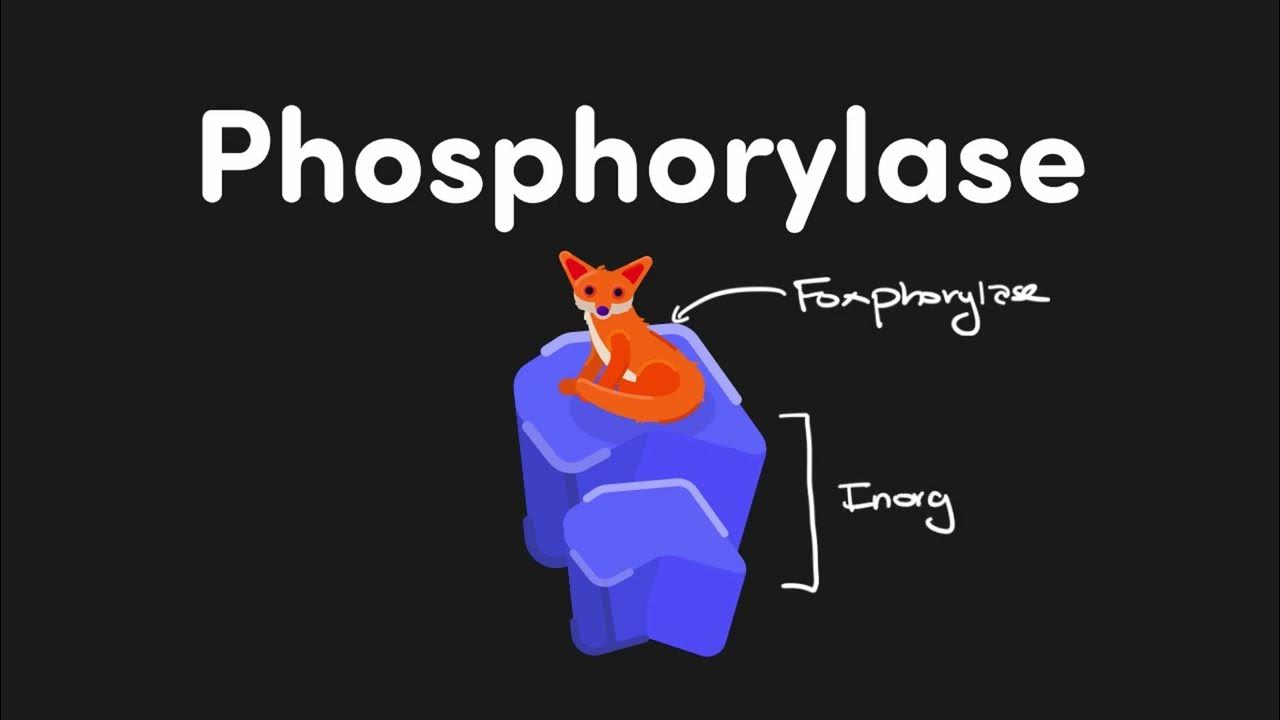El fruto
Summary
TLDRIn this educational talk, Professor Georgina Vargas Amado provides an in-depth explanation about fruits, focusing on their structure, parts, and classifications. She describes how fruits develop from a fertilized ovary, explaining the roles of the exocarp, mesocarp, and endocarp in fleshy fruits like peaches. The professor also delves into different types of fruits, such as simple, multiple, and aggregate fruits, highlighting examples like strawberries, pineapples, and figs. Additionally, she discusses the difference between fleshy and dry fruits and outlines the process of classification based on floral structure. This insightful lecture emphasizes the complexity and diversity of fruit types in the botanical world.
Takeaways
- 😀 The fruit is the mature ovary of a flower after fertilization, and it contains the seed, which is a fertilized ovule.
- 😀 Fruits serve as a repository for seeds and also act as a reward to dispersers, encouraging seed movement to other areas.
- 😀 Fruits can be divided into three parts: exocarp (outer skin), mesocarp (middle layer, often pulp), and endocarp (inner layer around the seed). These parts make up the pericarp.
- 😀 The pit in fruits like peaches is part of the fruit, not the seed, and it is formed by the endocarp.
- 😀 Fruits can be classified into types based on their seed count: those with a single seed, multiple seeds, or dry seeds.
- 😀 Simple fruits derive from a single flower with one or more fused carpel (ovaries). They can be fleshy (carnoso) or dry.
- 😀 Aggregate fruits come from a single flower with multiple carpel, with each carpel forming a small individual fruit (e.g., strawberries).
- 😀 Multiple fruits are derived from many flowers, where each flower contributes to the final fruit structure (e.g., pineapples, figs).
- 😀 Examples of simple fruits include peaches and tomatoes, while aggregate fruits include strawberries and blackberries.
- 😀 Dry fruits like grains and legumes do not have fleshy components and consist of hard, dry structures (e.g., peanuts, peas).
- 😀 The classification of fruits allows botanists to group them based on the number of flowers and carpel that contribute to their formation.
Q & A
What is the fruit in botanical terms?
-In botanical terms, a fruit is the mature ovary after fertilization. The ovary, after being fertilized by male nuclei, develops into a fruit, while the seed comes from the fertilized ovule.
How are the main parts of a fleshy fruit classified?
-The main parts of a fleshy fruit are classified as the exocarp (skin or outer layer), mesocarp (flesh or pulp), and endocarp (the inner layer that surrounds the seed). Together, these parts are called the pericarp.
What is the purpose of fleshy fruits in relation to seed dispersal?
-Fleshy fruits serve as a reward for dispersers, such as animals, to carry the seeds to other locations. This helps in the propagation of the plant species.
What is the difference between simple, aggregate, and multiple fruits?
-Simple fruits are derived from a single flower with fused carpels. Aggregate fruits form from a single flower with multiple distinct carpels, like strawberries. Multiple fruits are formed from multiple flowers, as seen in pineapples and figs.
How are fruits classified based on the number of ovaries involved?
-Fruits can be classified into simple, aggregate, and multiple types based on the number of ovaries involved. Simple fruits come from a single ovary, aggregate fruits from multiple ovaries of the same flower, and multiple fruits from several flowers.
Why is the peach stone considered part of the fruit and not the seed?
-The peach stone is part of the fruit because it is part of the endocarp layer, which surrounds the seed. It is not the seed itself but a hard protective structure that forms part of the mature fruit.
What makes the strawberry an aggregate fruit?
-The strawberry is an aggregate fruit because it is derived from a single flower that has multiple distinct carpels. Each carpel develops into a small, individual fruit, but they combine to form the whole strawberry.
How do figs and pineapples form multiple fruits?
-Figs and pineapples form multiple fruits because each flower within the inflorescence produces an individual ovary. These ovaries, when they mature, fuse together to form a single, larger fruit.
What is a key characteristic of dry fruits, such as those found in legumes?
-Dry fruits, such as those found in legumes, are characterized by a dry, non-fleshy consistency. For example, in peas, the pod (the vaina) is the fruit, and the edible part is the seed inside.
What is the role of the pericarp in the fruit?
-The pericarp is the protective layer of the fruit, which consists of the exocarp, mesocarp, and endocarp. It helps protect the seed and often aids in seed dispersal by attracting animals or enabling the seed to be carried away.
Outlines

Dieser Bereich ist nur für Premium-Benutzer verfügbar. Bitte führen Sie ein Upgrade durch, um auf diesen Abschnitt zuzugreifen.
Upgrade durchführenMindmap

Dieser Bereich ist nur für Premium-Benutzer verfügbar. Bitte führen Sie ein Upgrade durch, um auf diesen Abschnitt zuzugreifen.
Upgrade durchführenKeywords

Dieser Bereich ist nur für Premium-Benutzer verfügbar. Bitte führen Sie ein Upgrade durch, um auf diesen Abschnitt zuzugreifen.
Upgrade durchführenHighlights

Dieser Bereich ist nur für Premium-Benutzer verfügbar. Bitte führen Sie ein Upgrade durch, um auf diesen Abschnitt zuzugreifen.
Upgrade durchführenTranscripts

Dieser Bereich ist nur für Premium-Benutzer verfügbar. Bitte führen Sie ein Upgrade durch, um auf diesen Abschnitt zuzugreifen.
Upgrade durchführenWeitere ähnliche Videos ansehen

ANGIOSPERMAS - BOTÂNICA - Aula | Biologia com Samuel Cunha

Angiospermas, Reino Plantae - plantas com flor (mais grão de pólen, tubo polínico, óvulo e sementes)

Metabolism Memorization Made Easy: Enzyme Names | MCAT Content

Aula: Carboidratos,lipídios e proteínas

Crop Science | Plant organs | Fruits

Video Pembelajaran bahasa Jawa Kelas 7; Carita Ramayana "Kidang Kencana" & Unsur Intrinsik
5.0 / 5 (0 votes)
